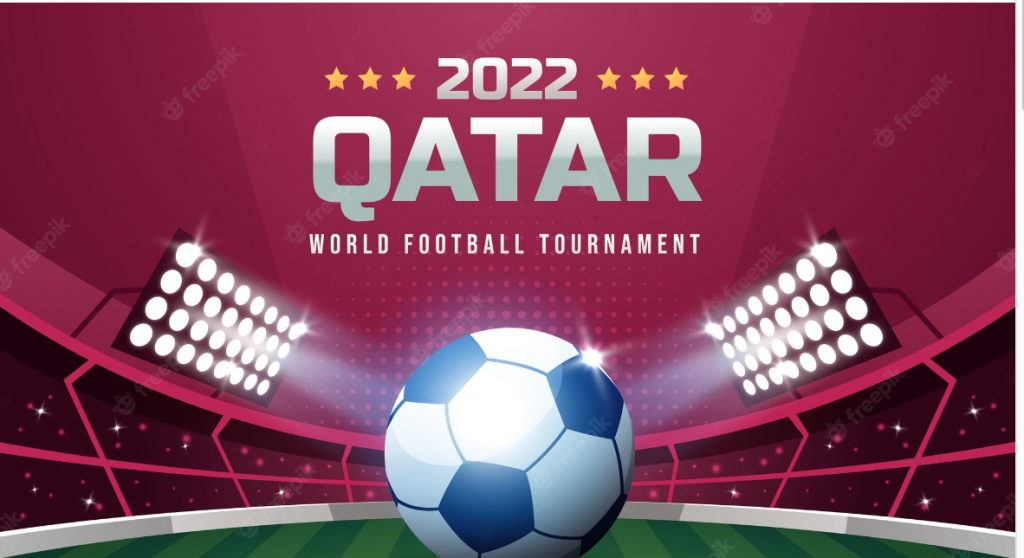
Inserting a chip in the ball and using an array of cameras at the stadium is expected to speed up offside calls at the World Cup 2022.
FIFA Introduces AI Tracking to World Cup Soccer Balls, Players
Whether you refer to the game as football or as soccer you might be interested to know that some amazing AI is involved in this huge sporting event. Over 5 billion people are expected to watch the FIFA World Cup in Qatar. While I will be watching as well, I must admit I’m a bit unsure about the rules in European football. Fortunately, theguardian.com has a piece explaining some of the rules and the algorithms that are being introduced to keep an eye on the field and the players during play.
The system with the responsibility of helping the referees is called Video Assistant Referee, which allows certain incidents to be reviewed by the main referee or by the VAR team. The VAR team is comprised of three people who work together to review decisions made by the main referee. They do this by watching video footage of the relevant occurrences.
The AI that enhances VAR is called “SAOT.”
What is SAOT?
Semi-Automated Offside Technology, or SAOT, was designed to avoid ball calls. An extension to VAR, it was introduced to help reduce problems with one of the most contentious aspects of video-assisted refereeing: how to decide if a player is offside in the buildup to a goal. It will be in use at the World Cup in Qatar.
How does it work?
AI crunches location data to map the positions of players when a ball is kicked, then determines if players are offside. If the AI judges that a player is offside, an alert is sent to the VAR showing the “kick point” of the ball and the line of offside. After manually checking that alert, the VAR official informs the referee and any on-field decision is amended accordingly.
If SAOT scores in the World Cup, it could enhance calls in other sports.
A SAOT decision at the World Cup will be made using data sent from a sensor inside the ball, the Adidas Al Rihla, transmitting its location 500 times a second, alongside that of 12 tracking cameras around the stadium that follow both the ball and 29 different points on a player’s body (the cameras relay their information 50 times a second). The AI will also create a 3-D graphic showing the line of offside and the position of players relative to it. That graphic will be generated after the decision is taken and shown to fans inside the stadium and on TV.
It seems something like this algorithm could do wonderful things for American Football games. Potentially, this system could remove all doubt in most cases when it comes to a controversial call. And once the data is relayed to the crowd watching the games it could be helpful in calming tensions and tempers in substantial ways.
SAOT came with the promise that it would be both more precise and quicker, cutting decision times from an average of 70 seconds to 25.
Fifa’s head of refereeing, Pierluigi Collina, described SAOT as “faster and more accurate” and “offering better communication to fans.”
A Better Game
While this technology is quite promising, it’s not perfect. Some of the reported problems while testing SOAT before the World Cup included delays of a minute or more awaiting a decision. However, some of that blame for the delay has to do with soccer rules. The rules were written to assist humans to call a better match, not AI in its exactness.
“…some of the examples unearthed by the ESPN journalist Dale Johnson found delays of well over a minute and, in one instance, over two minutes in making calls on goals with potential offside incidents. This pattern has spilled over into the Champions League this season. Harry Kane had a winning goal ruled ‘out’ against Sporting Lisbon because of the interpretation of a subclause of the offside law that took four minutes to make. There was also a lengthy delay in Liverpool v. Napoli and controversy following an overturned Patrik Schick goal for Bayer Leverkusen against Club Brugge.”
The system will improve. Now we have to wonder could something like this be applied to our 4 major American sports? Do we want it to call balls and strikes rather than a human being behind the plate? The ump keeps his eye on a lot of things that occur on the ball field. Would too much AI take some of the magic away from watching the game? Having AI call balls and strikes has been tested here in the U.S. in the baseball minor leagues.
Not everyone is a fan.
read more at theguardian.com







Leave A Comment